Science often pushes boundaries, but sometimes it veers into the downright unbelievable. Around the world, researchers have convinced funding bodies to support studies that range from the hilarious to the truly bizarre.From analyzing the slipperiness of banana peels to investigating the effects of opera on mice, these funded projects prove that scientific curiosity knows no limits. Get ready to explore fifteen real studies that may leave you questioning not only what gets researched, but also why.
1. Shrimp on a Treadmill

Imagine a shrimp jogging on a tiny treadmill—this was the reality for researchers studying how illness affects shrimp mobility. Funded by government grants, this quirky experiment was designed to reveal how environmental stressors, such as pollution or infection, impact the health and stamina of marine life. While critics mocked the project as an example of frivolous spending, the study actually provided valuable insights into aquatic ecosystems. Read more from The Washington Post.
2. The Effect of Cocaine on Honey Bees
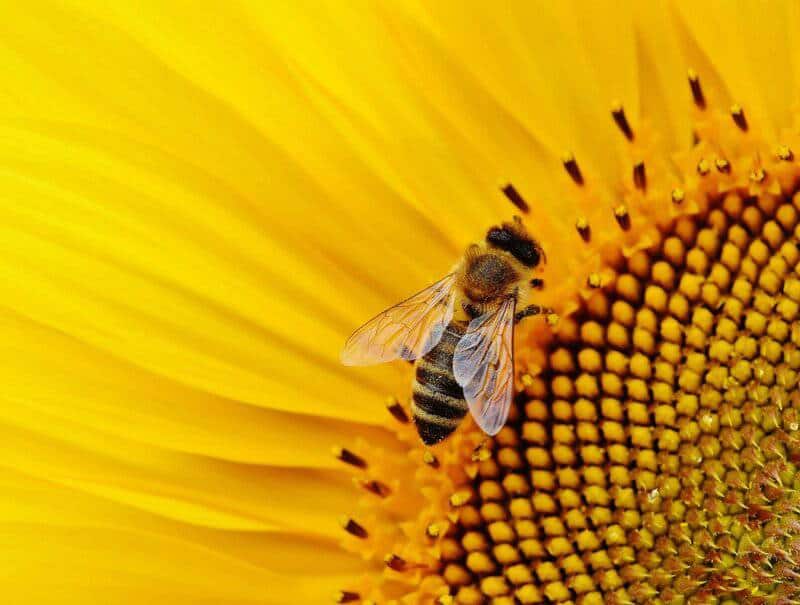
In a surprisingly funded experiment, scientists explored how honey bees react to cocaine. Bees dosed with the drug exhibited altered movements and a noticeable change in their famous “waggle dance,” which is vital for hive communication. The findings offered new perspectives on addiction and reward systems, highlighting similarities between insect and human brains. This unusual research helped illuminate the complex biology behind addictive behaviors. See the BBC coverage.
3. Do Chickens Prefer Beautiful Humans?
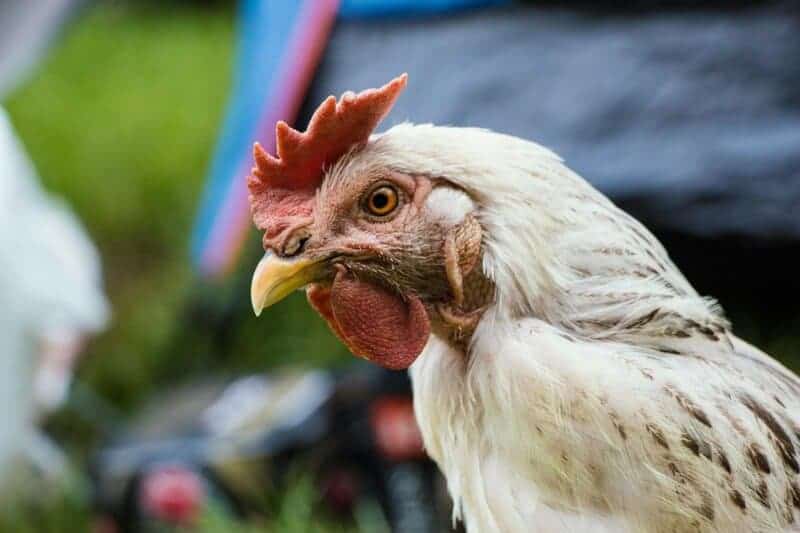
In one of the more whimsical studies, researchers showed chickens photographs of human faces to test aesthetic preference. Surprisingly, the birds appeared to favor images with symmetrical features—much like human standards of beauty. This finding sparked intriguing discussions about the evolutionary origins of what we consider attractive. Could our sense of beauty have deeper biological roots? Read more on The Guardian.
4. The Physics of Duckling Formations
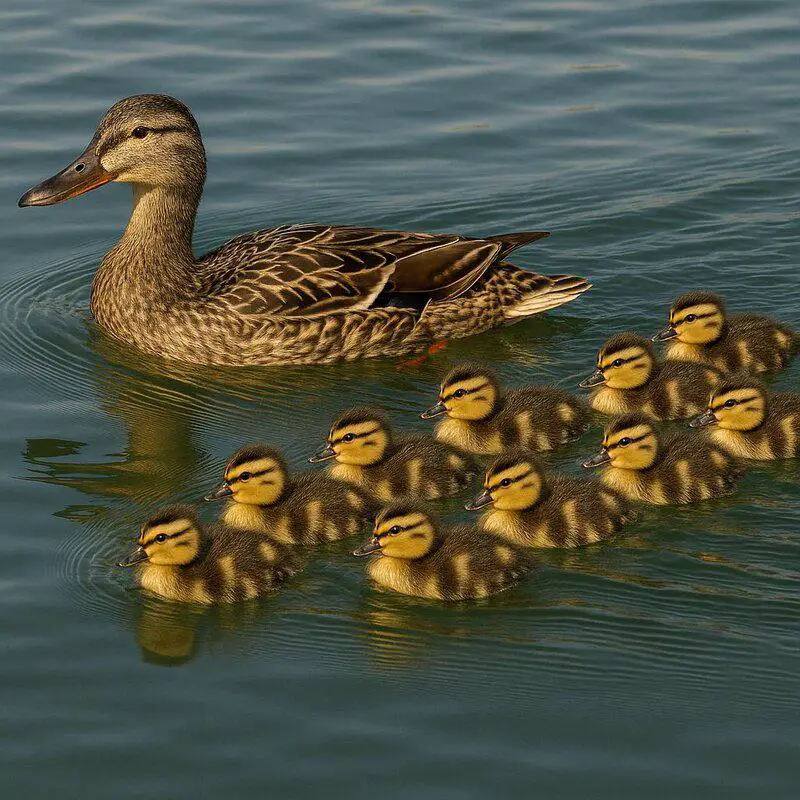
Those charming lines of ducklings gliding behind their mother aren’t just cute—they’re a lesson in fluid dynamics. Scientists studied why ducklings swim in single-file formation, discovering that the pattern significantly reduces water drag. By drafting behind their mother, ducklings conserve energy and move more efficiently through the water. This research not only explains an adorable behavior but also offers insights into natural energy-saving strategies. Learn more at ScienceDaily.
5. The Impact of Country Music on Suicide Rates

In a study that stirred controversy, researchers examined whether higher levels of country music airplay were linked to increased suicide rates in certain regions. The findings were widely debated, with some arguing that the music’s themes could influence mental health, while others criticized the study’s methodology. Regardless, the research opened up important conversations about how media and culture might impact psychological well-being. Details at The New York Times.
6. The Effects of Swearing on Pain Tolerance

Ever wondered if letting out a curse word really helps when you stub your toe? Scientists put this to the test by having volunteers endure pain while uttering either swear words or neutral words. The results were striking—those who swore experienced higher pain tolerance and endured discomfort for longer. This study suggests that swearing isn’t just cathartic; it might have real psychological and physiological benefits. More at Time Magazine.
7. The Emotional Lives of Rats Laughing
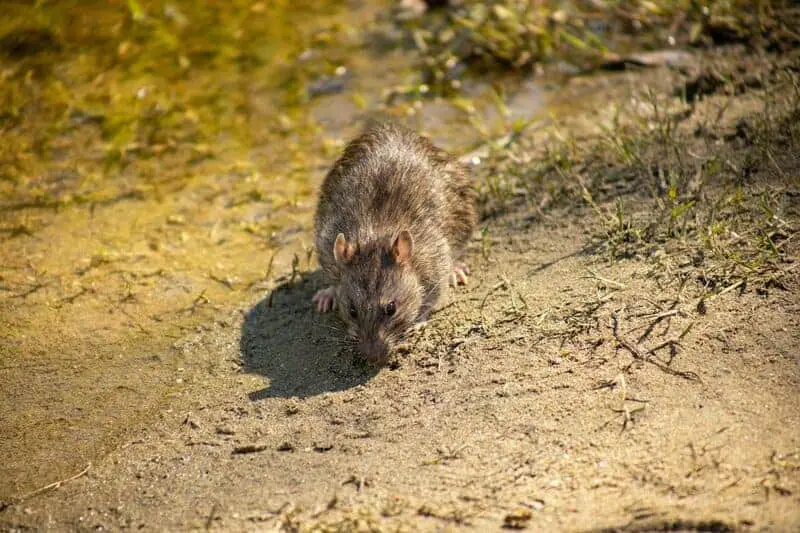
It turns out that rats have a sense of humor—or at least, they can laugh. In a remarkable study, researchers discovered that when rats are tickled, they emit ultrasonic “laughter” that’s undetectable to the human ear. Using specialized equipment, scientists recorded these high-frequency giggles, revealing a surprising depth of emotion and playfulness in these small animals. The findings not only broaden our understanding of animal emotions but also inform discussions about animal welfare. See coverage by NPR.
8. The Hazard of Wearing Socks Over Shoes

In a delightfully practical yet odd study, scientists examined if wearing socks over shoes could prevent slipping on icy sidewalks. Volunteers bravely tested this method, and the results were surprisingly positive—socks significantly improved grip and reduced falls. This research, while unconventional, led to straightforward winter safety tips that anyone can try when icy weather hits. Read more at BBC News.
9. The Flatulence of Herrings
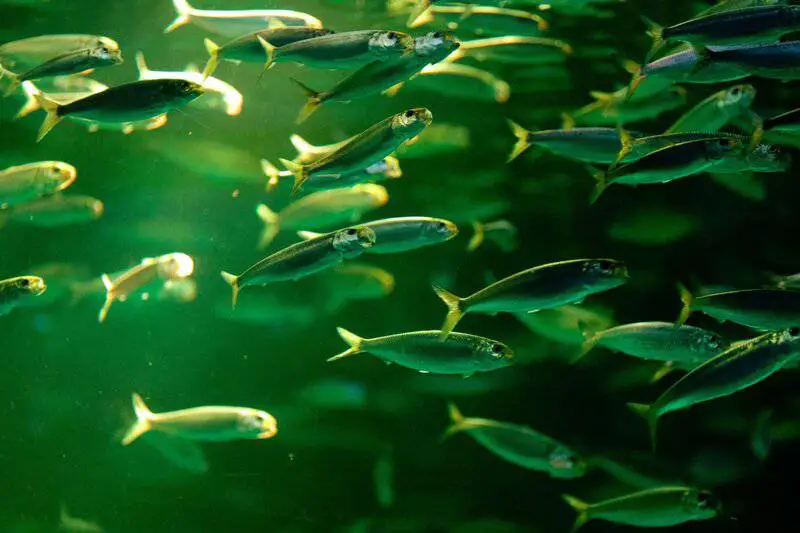
Some scientific questions are as strange as they are fascinating. Researchers discovered that herrings communicate by releasing gas bubbles from their anuses—a phenomenon that can only be described as underwater flatulence. This bubbly communication helps the fish maintain group cohesion, especially in the dark. The study unveiled an entirely new form of animal signaling, proving that even the oddest behaviors can have important functions in the wild. Details from New Scientist.
10. The Speed of Loosening Shoe Laces

Ever wondered why your shoelaces always seem to come undone at the worst possible moment? Scientists tackled this everyday mystery using high-speed cameras to capture the precise mechanics of laces untying during walking and running. The study revealed that a combination of foot impact and swinging motion causes knots to unravel surprisingly quickly. What seems like a trivial annoyance actually involves fascinating physics and complex motion. Coverage at Science Magazine.
11. The Mathematic Analysis of Potato Chip Crunch

Eating potato chips isn’t just tasty—it’s a science. Researchers analyzed the acoustics of chip crunch, discovering that the sound plays a major role in how fresh and enjoyable chips seem. The study linked louder, crisper crunches to greater eating satisfaction, influencing how snack companies market their products. This quirky research shows that even our snack habits are shaped by unexpected scientific factors. See The Guardian’s article.
12. The Efficacy of Parachutes—Without Ever Jumping

In a memorable example of scientific humor, researchers conducted a randomized trial testing parachute effectiveness—by having participants jump from stationary planes parked on the ground. Unsurprisingly, no one was injured, but the study’s point was serious: to highlight the limitations and absurdities that can arise in clinical trial designs. This tongue-in-cheek research reminds us that not all experiments are created equal. More at BMJ.
13. The Influence of Cheese on Dreams

Could your bedtime snack shape your dreams? Researchers set out to investigate whether different types of cheese consumed before sleep could alter dream content and vividness. The study found links between specific cheese varieties and the nature of participants’ dreams—some reported more vivid or even bizarre dreams depending on what they ate. These playful findings have fueled both sleep myths and creative marketing campaigns in the cheese industry. Read more at Medical News Today.
14. The Use of Voodoo Dolls in Workplace Anger Management

Sometimes, stress relief takes an unexpected form. In a creative study, employees were given voodoo dolls representing their bosses and allowed to vent frustrations symbolically. Surprisingly, participants experienced a temporary reduction in anger after “punishing” the dolls. While certainly quirky, this research offered unique insights into emotional regulation and unconventional ways to cope with workplace stress. Coverage at Forbes.
15. The Cat’s Preference for Human Faces
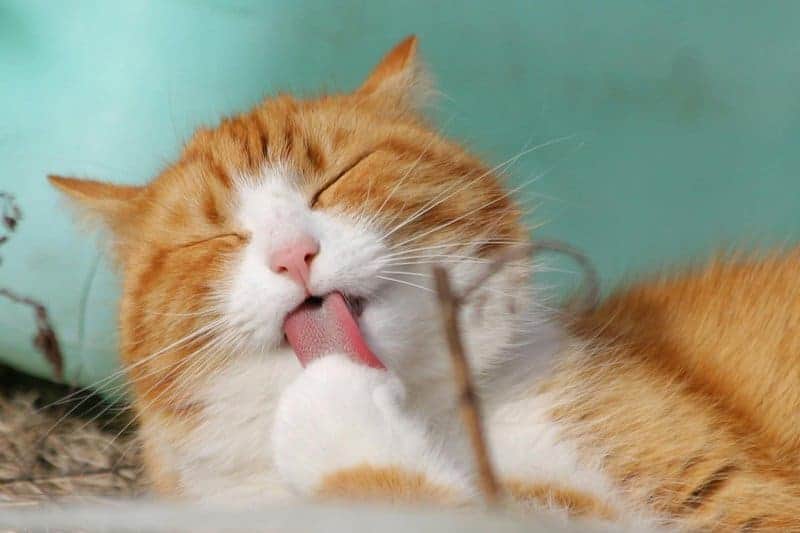
Do cats recognize their owners by sight? Researchers tested whether felines could distinguish their human’s face from that of a stranger. The findings were surprising: while dogs often excel at facial recognition, cats seemed to rely more on scent and voice than on visual cues. This study challenges assumptions about pet intelligence and highlights just how mysteriously independent our feline friends remain. See Smithsonian Magazine.
Conclusion
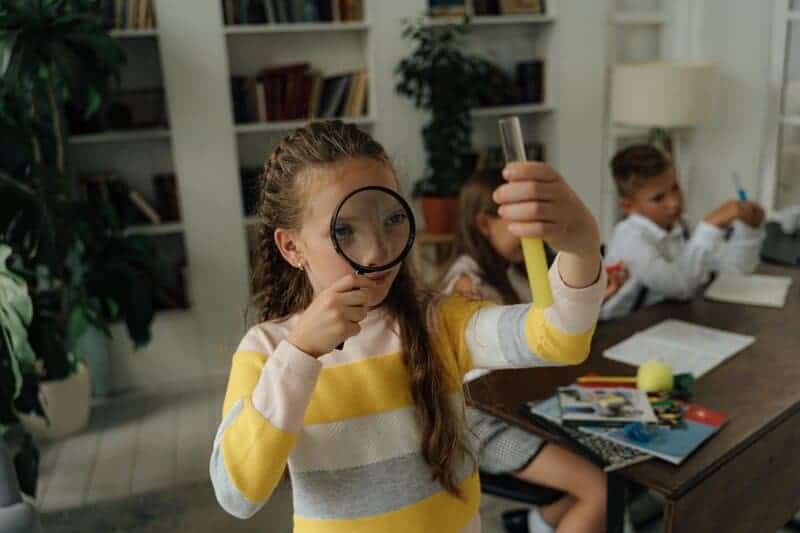
As these studies show, science thrives on curiosity—even when it leads down the most unexpected or amusing paths. Each quirky experiment, from shrimp treadmills to laughing rats, has added to our collective knowledge and challenged what we think is worth exploring.Embracing the unconventional often sparks new insights and innovation. So the next time you hear about an odd research project, remember: sometimes the strangest questions lead to the most fascinating answers.
.article-content-img img { width: 100% }



Vielleicht interessiert es Sie:
Was ist Herpetologie? Wie wird man Herpetologe?
Wussten Sie! Minensuchratten auf dem Schlachtfeld und sie sind super effektiv!
Wie viele Giraffenarten gibt es? Leben sie alle in Afrika?
Der Vogel ist das Weibchen der Vögel: wahr oder falsch?
Warum bauen Biber Dämme? Welchen Nutzen?
Warum leben manche Tiere nachtaktiv? Welche Vorteile?
Küssen Tiere? Ist das die gleiche Bedeutung wie Menschen?
200+ Hilarious Seahorse Jokes That Will Make You Smile and Giggle